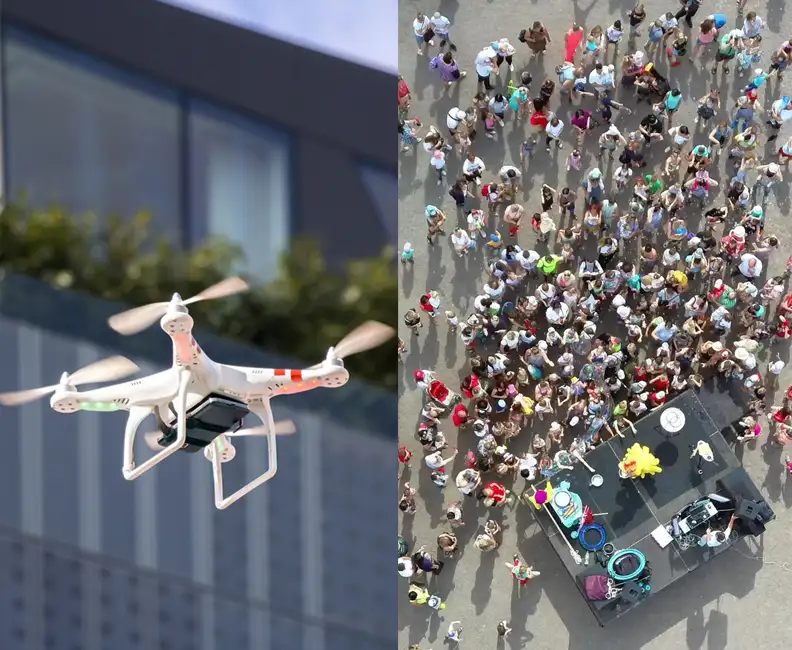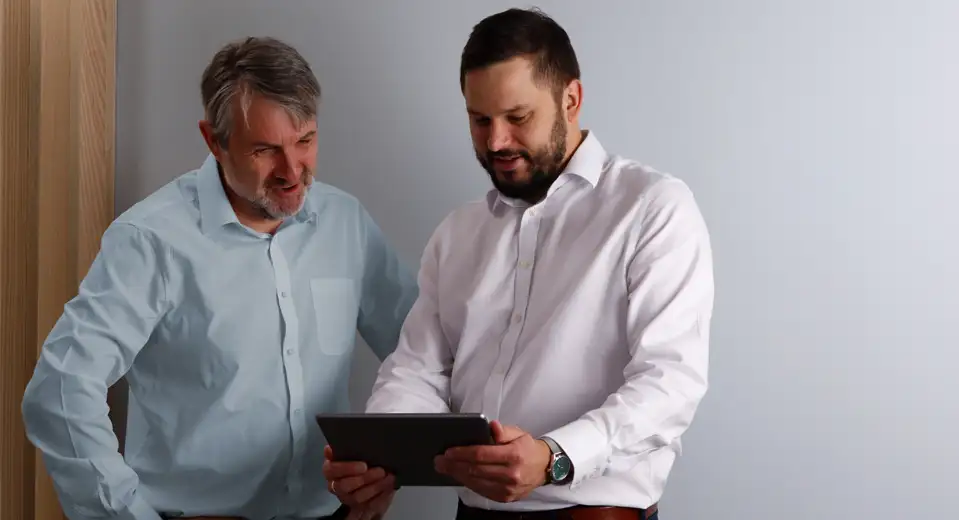The Challenge
CamelBak provides a range of innovative hydration packs, backpacks, and water bottles.
Its consumers know when they buy CamelBak, they are purchasing a durable, high-quality product, but after purchase they may not interact with the brand for several more years.
Consumers are increasingly using digital technologies such as smart watches, phones, and apps to manage their lives. CamelBak has previously embarked on a few digital technology projects but has encountered a range of challenges in successfully developing connected products.
CamelBak wanted to understand how other natively ‘physical’ product companies successfully made the transition to complementary connected offerings; and how it should structure and guide its own innovation in connected products.
The Approach
Through an Ignite Exponential Learning Exchange, we brought CamelBak’s senior R&D and Product Management team together with experienced corporate innovation leaders from our network who have successfully navigated similar challenges in their own industries.
We screened more than 100 companies to shortlist those from whom CamelBak could learn the most. We set up virtual meetings, briefed the participants, and moderated the discussions translating insights between industries and sharing our own experience.
After the meetings we helped CamelBak distil what we learned through collaborative virtual workshops and to build a strategic framework for innovating in connected devices, and for transitioning from a physical to ‘digitally connected’ organization.
The Outcome
Our approach allowed CamelBak to learn about the technical and commercial capabilities it would need, as well as the impact of ‘soft’ factors such as partnership, purpose, and organizational culture. By drawing directly on the real-world experience of non-competing leaders it was able to build its confidence and internal alignment in a strategy for future connected products. The programme also created a rich network of cross-industry peers that can provide partnership to CamelBak long after the meetings.
The Learning Exchange process really helped us to recognize the value of partnership. It was like being able to see the future – by learning from these other companies we could see the challenges we’d face and what it would take to succeed before we started our journey. Without doubt, the project goal was met and this is now one of the biggest opportunities we have as a brand.”
Director of R&D
CamelBak
















































